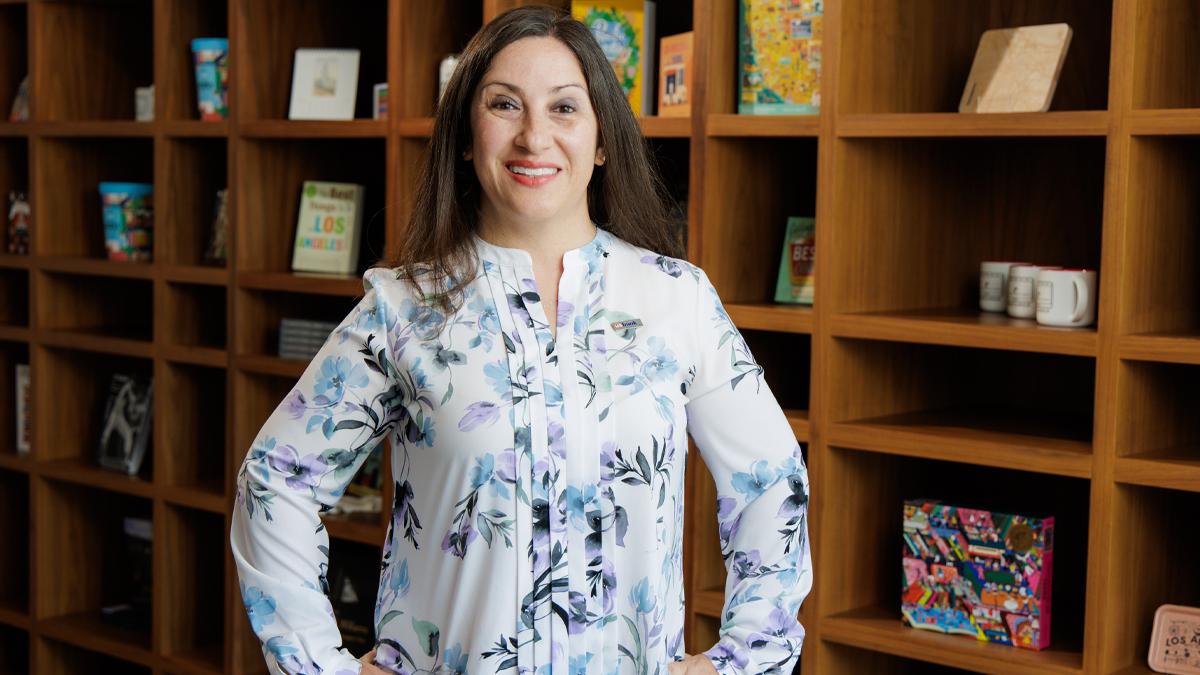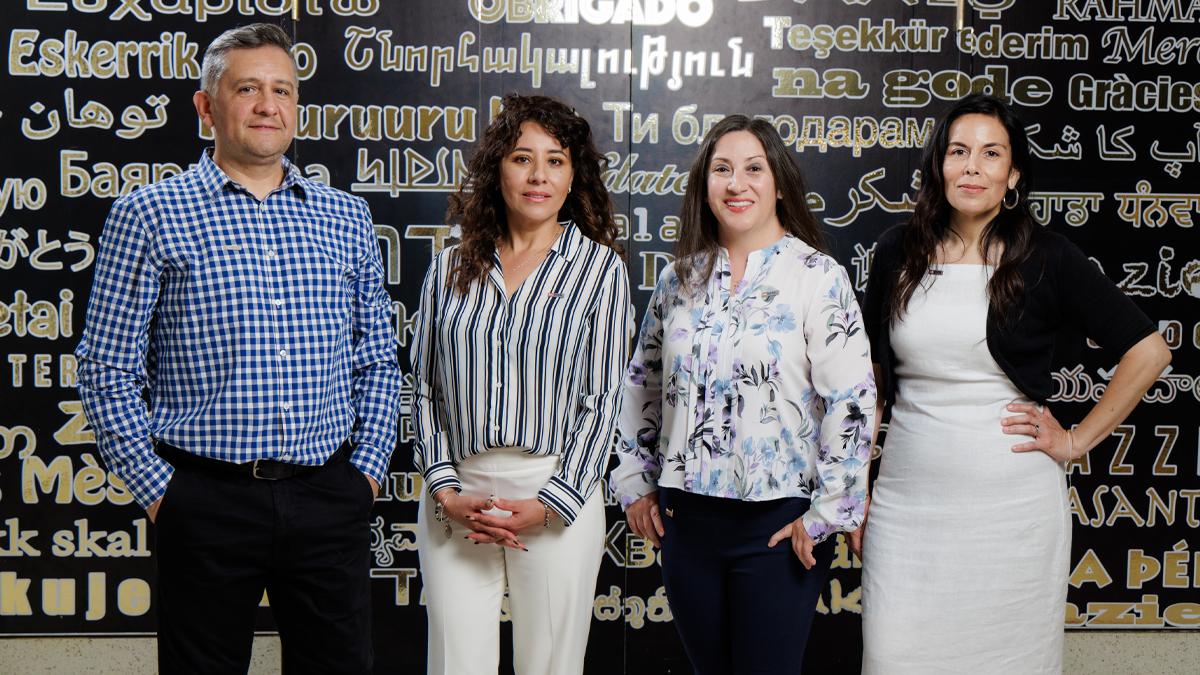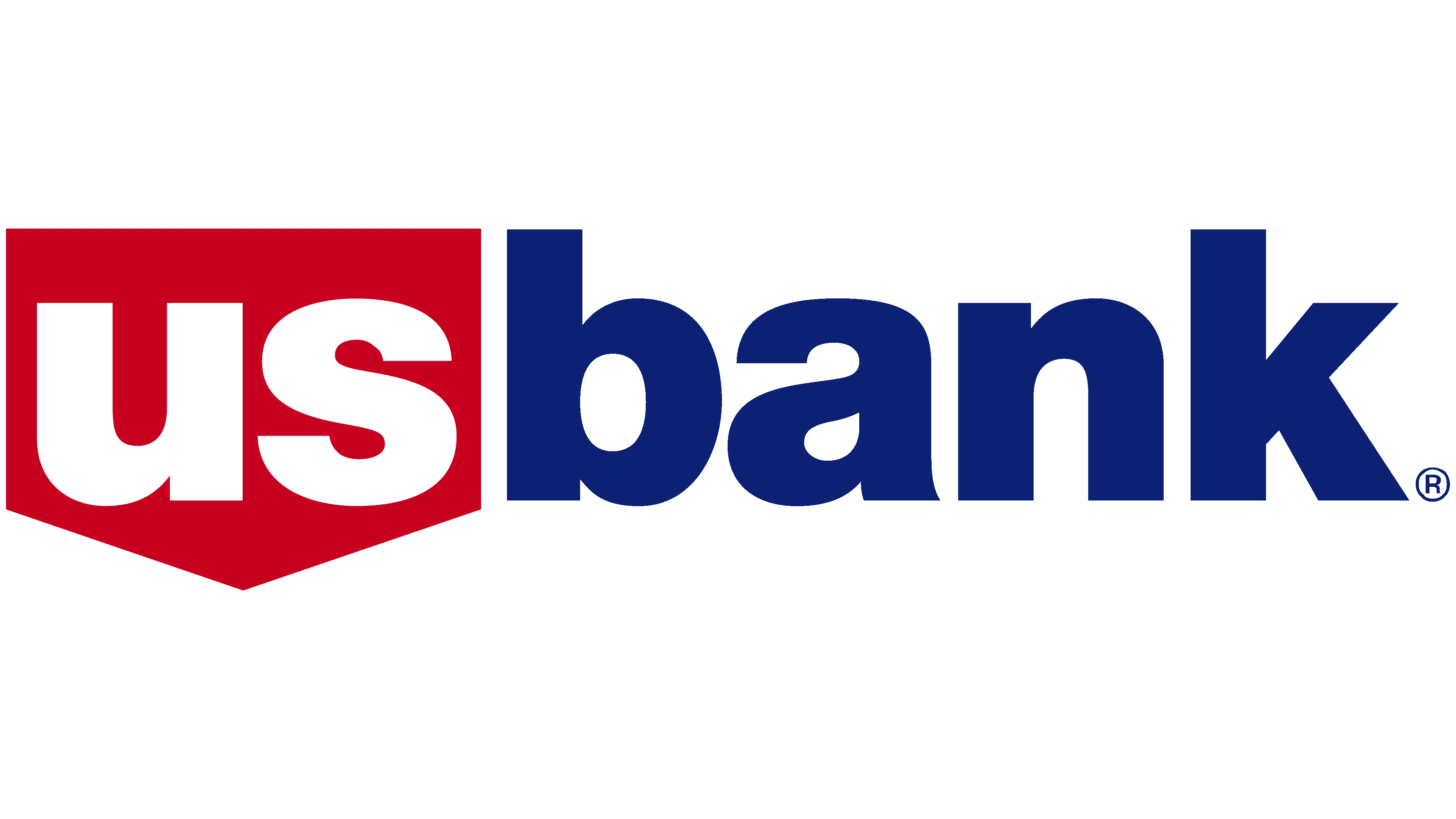Making Sure Language Translations Are Clear and Nuanced for Customers
Alicia Lopez leads the team that manages the bank’s translations
Originally published on U.S. Bank company blog
Imagine logging on to your mobile banking app to find a nearby branch and seeing the list described as tree branches. When language translations aren’t done with the proper nuance, some phrases can potentially confuse customers, and that’s something that Alicia Lopez and the translation team she leads work to avoid.
“Our team helps customers learn about things they may not have ever experienced before, like the mortgage application process, what a down payment is or what escrow means,” Lopez said. “We want to make sure we never mislead our customers, and we also need to make sure our work follows all UDAAP (Unfair, Deceptive, or Abusive Acts or Practices) laws and regulations.”
After English, the most common language of preference among U.S. Bank customers is Spanish, but people from different places often speak different Spanish dialects.
“The Hispanic segment in the United States is such a melting pot of cultures,” Lopez said. “People here can have Mexican heritage, like me, or El Salvador, Cuba, Puerto Rico, Argentina, the Dominican Republic, Peru, Spain, you name it.”
Because of that, the team focuses on what it has labeled as Spanish for the U.S., which takes different nuances into account.
“It’s a more universal vocabulary that’s not specific to one country, and sometimes there’s some liberty to have English words in parentheses,” she said.
The second most common non-English language of preference among U.S. Bank customers is Chinese. Because of the December 2022 acquisition of MUFG Union Bank, which was owned by Japan-based MUFG, Japanese has become the third most common, followed by Vietnamese, Lopez said.
While those languages make up the bulk of the translation team’s work, the team translates some 3,000 pieces a year spanning numerous languages.
“Some of the requests we get include Somali, Hmong, Korean, Haitian Creole, Polish, Ukrainian and Marshallese, which is spoken in the Marshall Islands,” she said.
The team has in-house expertise in Spanish, Chinese and Japanese, and relies on vendors to manage translations for other languages.
Every translation project goes through a rigorous compliance review process to ensure that it provides accurate and properly nuanced information before it is certified, she said.
That process can include a “back translation” review where, for example, a piece that is translated from English to Haitian Creole will be given to another Haitian Creole translation expert to translate back to English without seeing the original version. Then the two English versions are compared for accuracy.
“If you end up with something that’s very close to the original English but doesn’t have all the right nuances, the translation can be rejected,” Lopez said. “When that happens, we go back to the drawing board. We’re passionate about what we do, and we believe it’s important to provide customers with high-quality translations.”
As someone who focuses on translations in her job, Lopez said she was interested in seeing the new, U.S. Bank-funded Translators documentary, which focuses on children who translate bills, medical advice and more for their parents.
“When my mom was a child and my grandfather had an accident at work, she lost a year of high school to serve as his translator for medical appointments and important documents,” Lopez said. “The documentary really hit home on how at a young age some people are put into more adult situations and sometimes have to make sacrifices to help their family.”
Providing translations for the bank’s customers gives Lopez and her team great satisfaction, she said.
“We take a lot of pride in the work we do,” she said. “There’s more to accomplish but it’s been so rewarding to use some of the products ourselves and to hear from bankers, customers, and family and friends that they think the quality is top-notch.”



